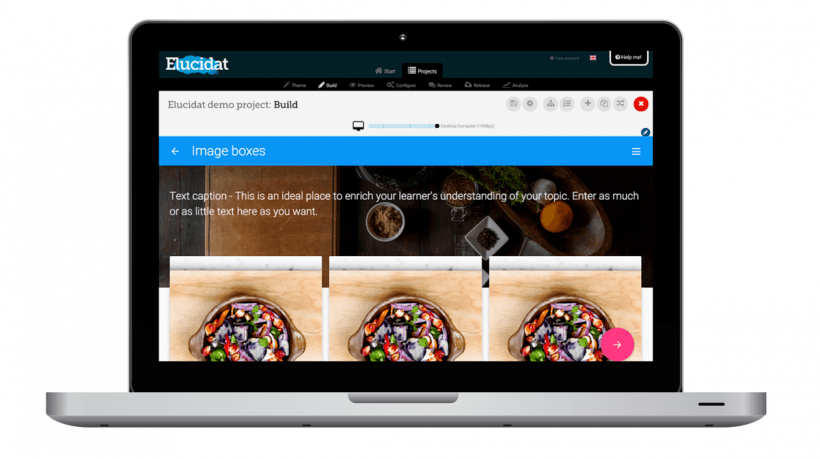4 Effective eLearning Icebreakers To Implement Using Live Polling Apps
“There are lots of people I admire and respect, but I don't necessarily want to be like them. I'm too happy being myself.” - James D’Arcy
Icebreakers work, in part, because of persuasion theory: The idea that not all members of an audience are going to respond to a persuasive effort in the same way or at the same time.
In other words, everyone is different, so it’s best to account for those differences. Get everyone on the same page, and your chances of reaching them are infinitely greater.
So icebreakers are a kind of “preliminary tuning effect”. They’re an important tool in the educator’s arsenal. And the more fun you have with them, the more effective they are. If only everything worked that way.
Because this is eLearning Industry, we’re going to use technology to make the process easier to execute. Each of these eLearning icebreakers can be implemented using a live polling app; saving paper, time, and headaches. The goal here is to work smarter, not harder.
Live polling apps allow you to create a template icebreaker question, then have learners respond in-app or via text message. As results pour in, you can view results in real time either in the app or embedded in a PowerPoint, KeyNote, or Google Slides presentation. Slick.
1. 3 Common 1 Unique.
This icebreaker is a fact-finding mission. Break everyone off into small groups. Their goal: To find three things each student has in common (“We’re all descended from German streusel bakers), and one thing that is unique to each of them (“Mary can name the entire cast of All in the Family in alphabetical order”). Name one person in the group to write down everyone’s similarities and differences.
2. Absurdities.
Sometimes the simplest eLearning icebreakers are the most powerful. Break everyone into small groups and ask them to answer a single, absurd question. In fact, the more absurd, the better:
- What would the world look like if children ran it?
- What if no one could stop smiling, ever?
- What if cheeseburgers were healthy?
- What if Reuben had won the American Idol title?
The absurdity of the questions will get everyone thinking differently (outside the box, if you will), and will reveal a good bit about each student. Have each group list four or five ways in which life or work would fundamentally differ from the way it looks now.
3. YouTube Poll.
This one doesn’t directly lead to group learners introducing themselves to each other, but it will loosen everyone up quickly. Prior to the meeting, scour YouTube for a video that meets two criteria: 1) It’s appropriate for the class and 2) it can be interpreted in multiple ways (it’s best to use something funny and related to your subject, but use your own judgment). Show the video, and ask learners to describe how the video makes them feel in three words. Once the results are in, discuss as a group how the same video could produce such a range of responses. Hopefully, this will get learners thinking about seeing problems through someone else’s eyes.
4. Desert Island.
Break everyone off into groups of five or six and ask each learner to list, in 30 seconds, three things they would take with them if they knew they would be marooned on a desert island. Once everyone has contributed their three items, task each group with narrowing the list down to three items. To narrow it down, each member will have to defend their choices to the group, revealing a bit about themselves in the process.
Wrap-Up
Remember that the goal of the introductory icebreaker is to build relationships. As relationships strengthen, so does the ability of your learners to learn. You may not end up with the perfect relationship (that distinction obviously belongs to Bert and Ernie), but it ought to be enough to get everyone on the same page, creating a classroom full of more eager learners.
Want to get started with your own eLearning icebreakers? Poll Everywhere has put together a series of them specifically for introductions; just click to copy them to your own account.










